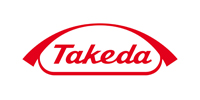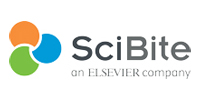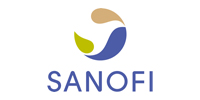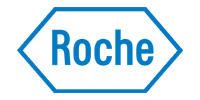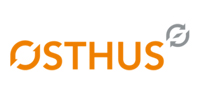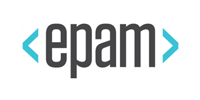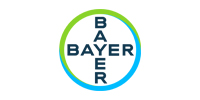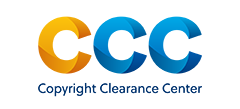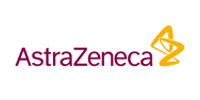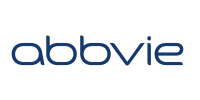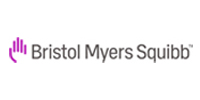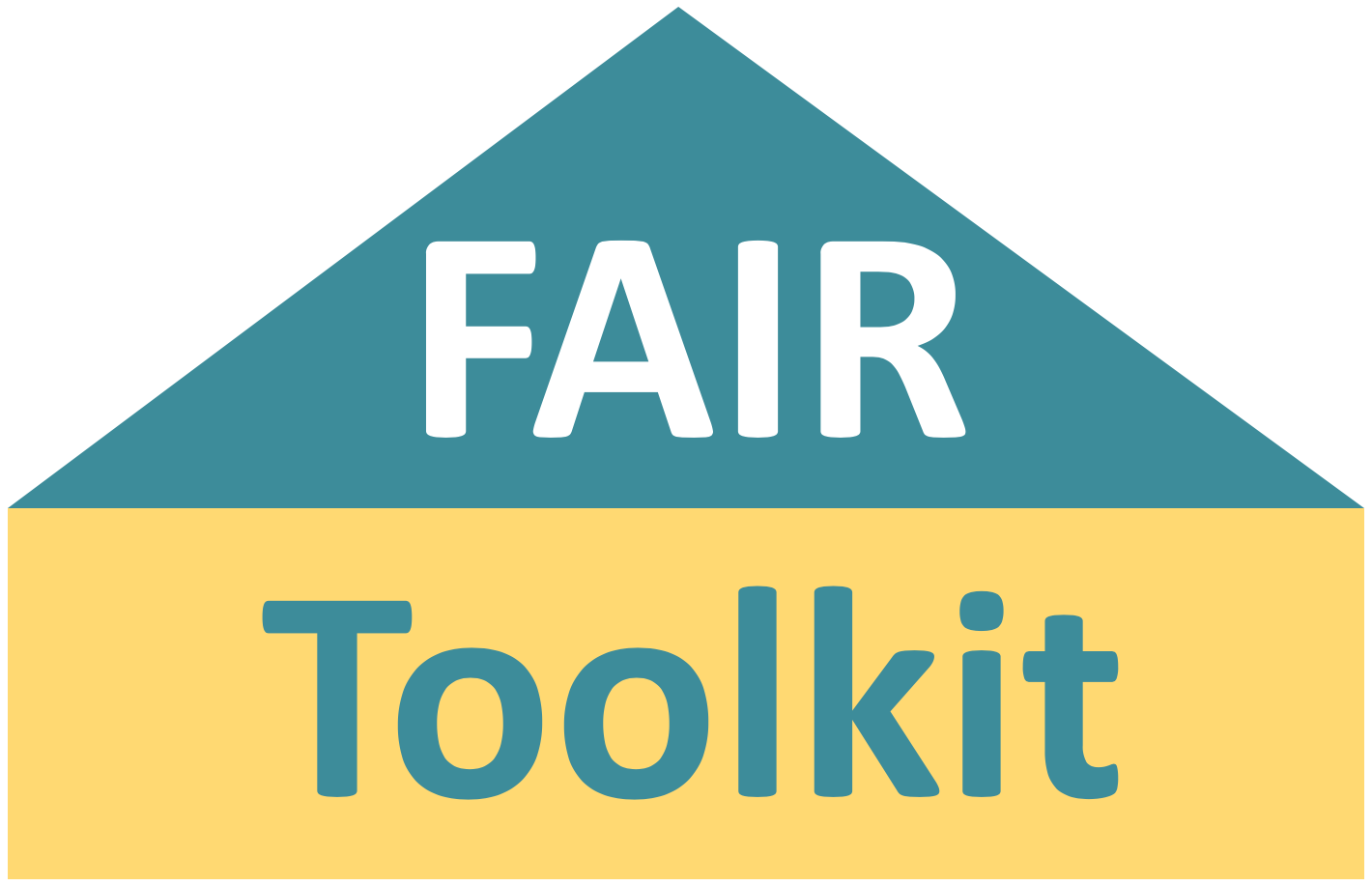WHAT IS IN THE FAIR TOOLKIT?
- Why FAIR data matters for Life Science industry
- Use cases to exemplify the benefits of FAIR implementation by Life Science industry
- How-to methods for FAIR tools, training and change management
- Tips for Life Science industry and links to relevant resources
WHO IS THE FAIR TOOLKIT FOR?
- Data Stewards
- Laboratory Scientists
- Business Analysts
- Science Managers
Find out how AstraZeneca deploy a policy for identifiers to construct a FAIR infrastructure across the enterprise.
- A Uniform Resource Identifiers (URI) policy for the enterprise
- A pilot server for persistent URIs
The Pistoia Alliance Bioassay FAIR Annotation project develops digital standards for bioassay metadata, provides annotations of bioassay method descriptions according to these standards, and makes them available publicly.
- Proposed a minimal information model for assay metadata. It is now used by the FDA IVP project.
- Annotated close to 2,800 previously published assay methods.
Find out more >
Roche embeds data standards and quality checks to harmonize, automate and integrate very heterogeneous and complex processes.
- Self-contained micro services deliver performance and scalability
- Scalable and flexible for data models in clinical and non-clinical
Learn how to apply the FAIR Maturity Indicators to measure the ACCESSIBILITY of the data and metadata.
- Accessibility of data is compared with your FAIR objectives to identify and make improvements in an iterative manner
Learn how change agents, such as data stewards, play an important role to support FAIR data management and application.
- A network of change agents coordinate data management across the organisation to support the necessary changes.
Find out how to apply the FAIR Maturity Indicators to measure the FINDABILITY of the data and metadata.
- Findability of data is compared with your FAIR objectives to identify and make improvements in an iterative manner
CREATED BY LEADING LIFE SCIENCE ORGANISATIONS

